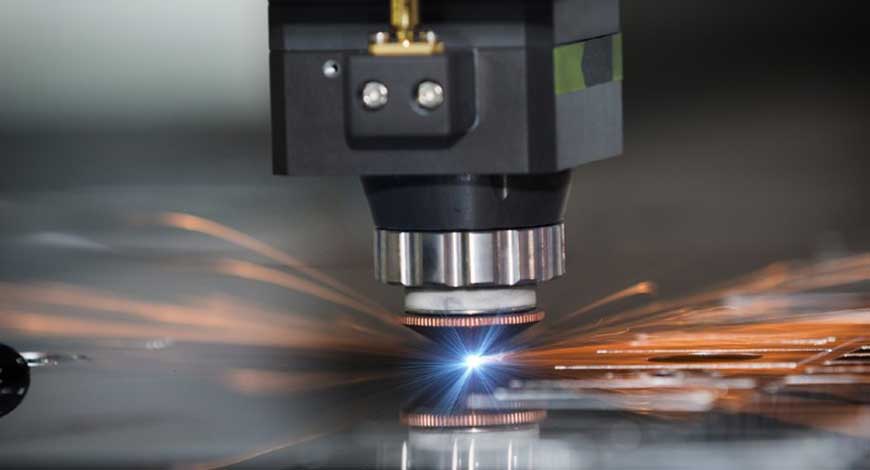Trends
How Micrometric uses laser-related processes to produce medical devices

Laser-related processes, including cutting, marking, welding, and engraving, are just some of the processes that are used by Micrometric to produce life-changing devices in the medical sector.
The Lincoln-based company produces fine parts and precision components for customers in the UK and international markets. It specialises in services including cutting, etching, drilling, and welding as well as tube cutting and precision component machining; producing medical products which meet the demands of one of the most vital sectors.
Commercial director Chris Waters said: “Lasers are at the heart of everything we do, and we have the relevant capabilities and laser equipment to cut, assemble and weld complex manufacturing medical devices including small tubes, injection needles, and endoscopes and intricate parts required for surgical equipment.
“We have built up a reputation for our personal approach with customers as we want to fully understand our customers’ laser cutting requirements. We’re committed to providing exceptional, customised services that help our customers achieve their goals faster and with greater precision.
“The equipment we produce for the medical sector is often extremely small and intricate, and as these devices are used to save lives, it is imperative that the processes used to make them from beginning to end assure their quality and reliability.”
Waters continued: “Our laser machines are suited to cutting materials with a wide range of thicknesses and can cut a range of materials including metal, plastics, and glass. We offer micro laser cutting capabilities that allow small parts to be cut to tight tolerances +/-0.05mm to +/-0.02mm across a variety of materials including stainless steel, titanium, copper, brass, and ceramic.
“To manufacture medical parts, we use our tube cutting service to create small windows, slots, holes and spirals for different pieces of equipment such as cannulas. Our laser machines offer high-resolution cutting to ensure high-speed dimensional accuracy, precision and stability which are required when producing medical tube components. We also make large tubes which form parts of innovative MRI machinery.
“We are AS9100 qualified and can supply process sheets, certification, first article inspection reports or similar inspection regimes to clients, as required.
“We use several CO2 and state-of-the-art fibre laser cutting systems which precisely cut materials with minimal heat and excellent edge quality to produce components quickly, efficiently, and cost-effectively.
“In 2018, we invested in the Coherent StarCut tube-cutting machine which is fully automated and is designed to laser cut, drill and mark tubular or flat metal components and is traditionally used by subcontract manufacturers to produce exclusive medical instruments with extremely high precision.
“For example, it can cut stents and cut tubes from 0.5mm diameter up to 30mm diameter.
“Our Bystronic 4kW ByStar machine allows us to cut tubes in a range of thick metals ranging from 20 to 300mm in diameter and up to 2m in length.”
Since investing in this equipment, Micrometric’s workforce has used the machines to cut, assemble and weld medical components for companies which produce automated injection needles, endoscopy components and MRI scanning equipment.
Micrometric is equipped with a range of lasers and its experts can weld a range of parts to deliver solutions.
Waters added: “Laser welding offers the benefit of welding while minimising heat input which is critical when welding components with temperature-sensitive items inside them or minimising any distortion due to heat.
“We can also weld autogenously or with wire feed. Depending on the metallurgy of the parts, it is possible to add different alloys as wire to adjust the weldability of the component. The wire feed can be fully automated within the welding machine. For some welds, such as titanium, a helium atmosphere is required, and an enclosed helium welding system is used.
“A variety of materials can be laser welded dependent on the metal composition and design of the product. We have experience in welding a variety of different tube sizes for different applications including medical, aerospace, and other industrial applications.
“We understand the importance of having full traceability when mass-producing for this sector and can laser mark medical products with clear Unique Device Identification (UDI) codes to ensure that every part can be tracked back to its source.” Med-Tech Innovation














